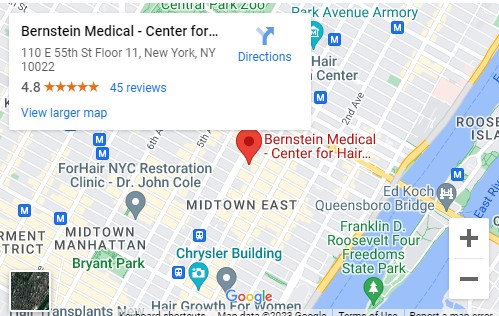Robert M. Bernstein, MD, New York, NY and William R. Rassman, MD, Los Angeles, CA
Dermatol Surg 2006; 32: 198-204.
Background
Since it is not known precisely how long it will take for grafts to be securely anchored after a hair transplant, the advice that the medical profession has offered patients regarding post-op care has been somewhat arbitrary.
Objective
This study attempts to provide scientific data that can be useful in
refining post-op protocols following hair transplantation.
Methods
Forty two hair restoration patients participated in the study. During their post operative period, each had several of their grafts pulled to determine at what point they could no longer be manually dislodged.
Results
For the first two days, pulling on a hair always resulted in a lost graft, but the chance of the graft being removed started to decrease by the third day. By the sixth day pulling on a hair would no longer dislodge the graft. Pulling on an adherent scab always resulted in a lost graft through day five. At nine days post-op, grafts were no longer at risk of being dislodged.
Conclusion
The presence of crusting extends the interval that grafts are at risk of being dislodged in the post-op period. If one can prevent crust formation following a hair transplant, this would both shorten the time patients are at risk of losing their grafts and enable them to return to their normal hair care routines more quickly.




